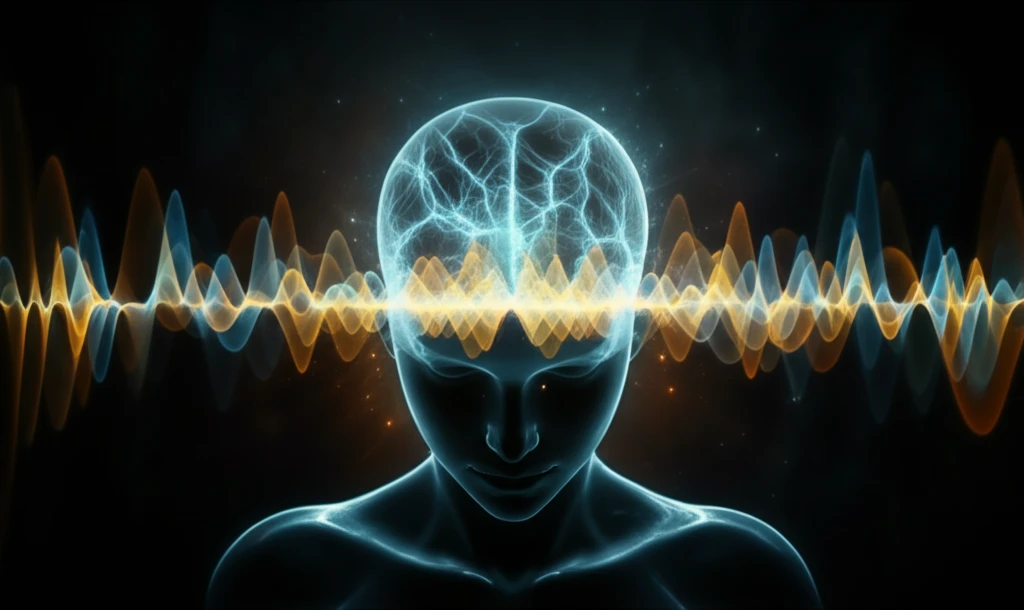
Unlock Your Mind: Can Light Flicker Therapy Boost Creativity and Reduce Anxiety?
"Discover the fascinating link between Ganzfeld flicker stimulation, alpha brainwaves, and its potential to enhance imagery and ease anxiety. Is this the future of mental wellness?"
In a world increasingly focused on mental wellness and cognitive enhancement, innovative therapies are constantly emerging. One such therapy gaining attention is Ganzfeld flicker stimulation, a technique that involves exposing the eyes to a uniform field of flickering light. Emerging research suggests this stimulation can influence brainwave activity, potentially boosting creativity, reducing anxiety, and even shedding light on the complex mechanisms behind psychosis.
The concept might sound like something out of a science fiction movie, but the underlying principles are rooted in solid neuroscience. Ganzfeld flicker stimulation primarily affects alpha brainwaves, which are associated with relaxation, imagery, and introspection. By modulating these brainwaves, the therapy aims to alter perception and cognitive processing, leading to a range of potential benefits.
This article delves into the science behind Ganzfeld flicker stimulation, exploring its effects on alpha brainwaves, imagery, and mental health. We'll examine the latest research, discuss the potential benefits and limitations, and consider the future of this fascinating therapeutic approach. Is this a breakthrough in mental wellness, or just another fleeting trend? Let's find out.
The Science of Flickering Light: How Ganzfeld Stimulation Works

Ganzfeld flicker stimulation involves using a device to produce a consistent field of flickering light, typically through goggles or a specialized lamp. This uniform stimulation reduces sensory input, which can lead to altered states of consciousness. The flickering light primarily influences alpha brainwave activity, which ranges from 8 to 12 Hz and is dominant when we're relaxed and introspective.
- Alpha Brainwaves: Dominate during relaxation and introspection, ranging from 8 to 12 Hz.
- Sensory Reduction: Uniform stimulation reduces external sensory input.
- Frequency Modulation: Different flicker frequencies trigger varying brain responses.
The Future of Flicker: Integrating Light Therapy into Mental Wellness
Ganzfeld flicker stimulation offers a promising avenue for exploration in mental wellness. While more research is needed to fully understand its mechanisms and optimize its application, the initial findings suggest it could be a valuable tool for enhancing creativity, reducing anxiety, and gaining insights into the complex world of psychosis. As technology advances and our understanding of the brain deepens, light therapy may become an integral part of personalized mental health strategies.
